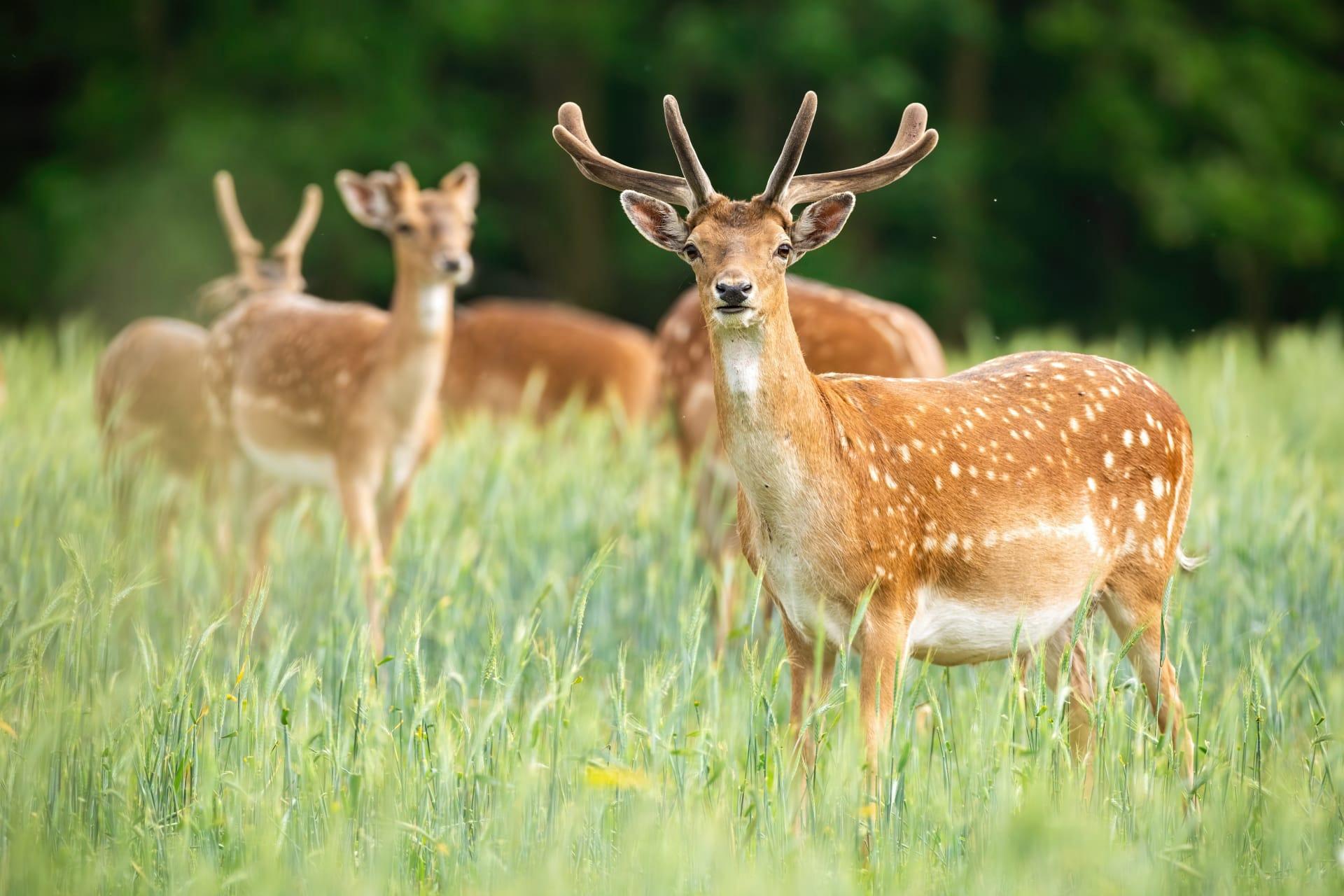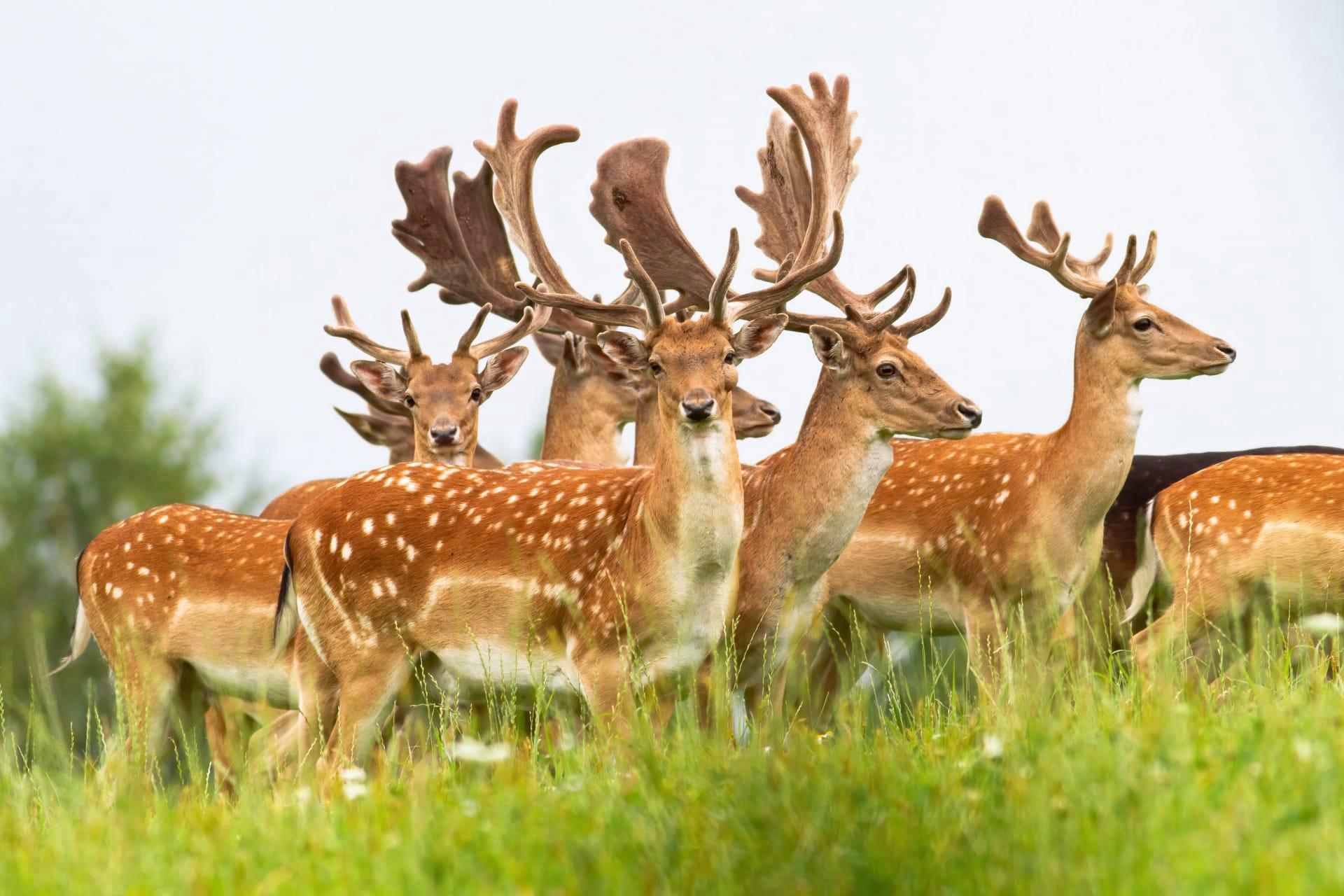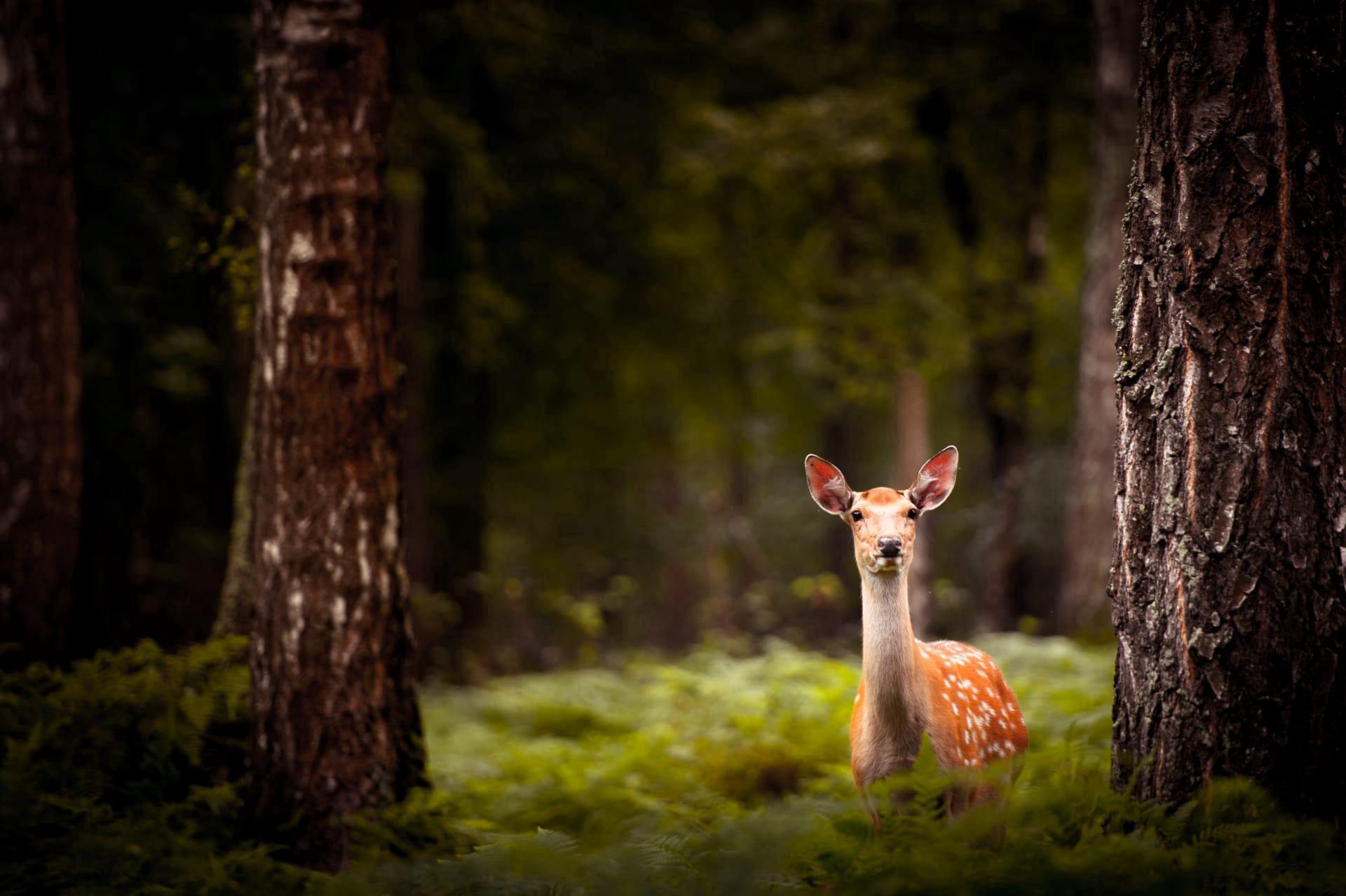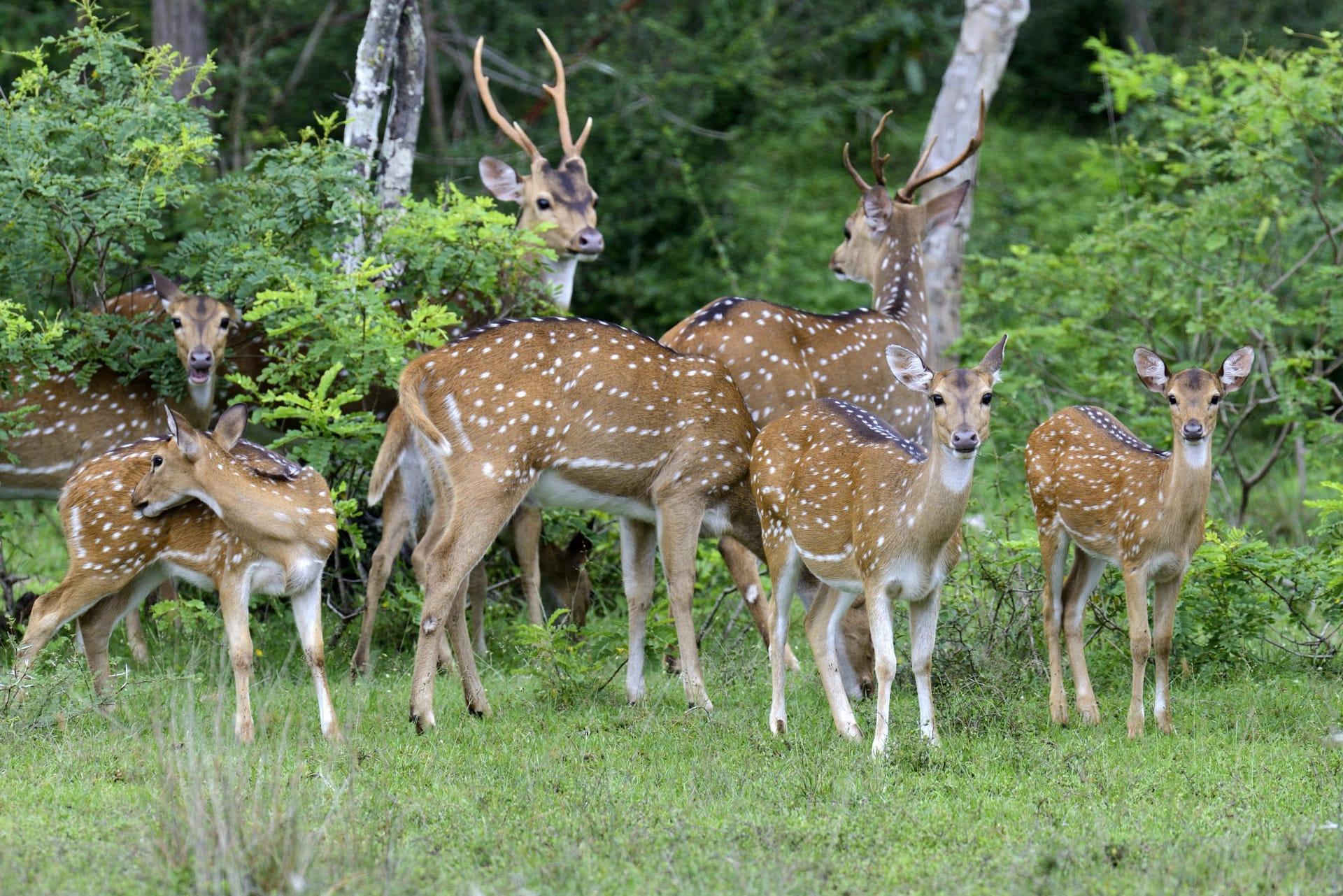Deer Trivia
- Home /
- Trivia Question /
- Animal /
- Deer Trivia
1
Question: How fast can deer run and why does this speed benefit them in the wild?
Answer: Deer are remarkable for their agility and speed. They can reach speeds up to 30 miles per hour (48 kilometers per hour). This incredible velocity helps them escape predators, like wolves and bears. Their powerful hind legs not only provide speed but also enable them to leap distances of up to 30 feet (9 meters) in a single bound, making them adept at navigating rough terrain quickly.
Question: What is the primary diet of deer, and how does it vary among different species?
Answer: Deer are primarily herbivores and their diet mainly consists of a variety of vegetation, including leaves, twigs, fruits, and nuts. However, the specific diet varies among species. For instance, the White-tailed deer in North America prefers young leaves and shoots, while the Sambar deer in Asia has a penchant for leaves, fruits, and bark. Their specialized stomachs, which have four chambers, help them digest these tough plant materials efficiently.

2
Question: Do all deer have antlers, and what's the purpose of these structures?
Answer: Contrary to popular belief, not all deer have antlers. Only male deer, except for caribou (reindeer), where both males and females have antlers. These bony structures, which are shed and regrown annually, are used for several purposes: as weapons in battles for dominance and mates, as a display to attract females, and as defense mechanisms against predators. They are made of bone and can grow at a rate of an inch per week, making them one of the fastest-growing animal tissues.
Question: Is it true that deer are colorblind?
Answer: It's a common misconception that deer are completely colorblind. In reality, deer vision is dichromatic, meaning they see colors, but differently than humans. They are particularly sensitive to blues and less so to reds and greens. This adaptation helps them better detect predators in their environment, which often rely on camouflage. Their eyes are also more sensitive to light, giving them excellent night vision.

3
Question: How do deer communicate with each other?
Answer: Deer communicate through a combination of sounds, scents, and body language. They make various noises, including grunts, whistles, and snorts, to alert others of danger or during mating season. Scent glands located on their feet, legs, and heads are used to mark territory and attract mates. Additionally, body movements such as tail flicking and ear positioning convey different messages to other deer, like alerting them to potential threats.
Question: What is the lifespan of deer in the wild, and what factors influence it?
Answer: The lifespan of deer in the wild typically ranges between 4 to 15 years, but this can vary greatly depending on the species and environmental conditions. Factors influencing their lifespan include predation, availability of food, habitat quality, and human activities such as hunting and deforestation. In protected environments, like national parks, deer can live longer due to reduced threats and better living conditions.

4
Question: How do deer adapt to different seasons, particularly winter?
Answer: Deer have several adaptations to survive different seasons. In winter, they grow thicker coats to insulate against the cold. Some species, like the White-tailed deer, change their coat color to grayish-brown for better camouflage in the snowy landscape. They also alter their diet, feeding more on woody plants, bark, and twigs, as these are more available than green vegetation. Additionally, deer may form larger groups during winter to help protect against predators and reduce energy expenditure by following trails made by other animals in the snow.
Question: Can deer swim, and if so, how well?
Answer: Yes, deer are surprisingly good swimmers. They are known to swim across rivers and even lakes when searching for food, escaping predators, or seeking new habitats. Their long legs and streamlined bodies enable them to swim at speeds up to 13 miles per hour (21 kilometers per hour). Swimming also helps them to avoid land predators and to cool down during hot weather.

5
Question: What role do deer play in their ecosystems?
Answer: Deer play a crucial role in their ecosystems. They are a primary food source for many predators, which helps maintain the balance of animal populations. Their grazing habits also influence the types of vegetation that thrive in their habitats. This grazing can lead to the promotion of plant diversity but, if overpopulated, can also lead to overgrazing, which negatively impacts the environment.
Question: Are there any deer species that are endangered, and what are the causes?
Answer: Yes, several deer species are classified as endangered or vulnerable. For instance, the Key deer in the Florida Keys and the Bawean deer in Indonesia are endangered. Major causes include habitat loss due to deforestation, illegal hunting, and human encroachment. Conservation efforts like habitat protection, anti-poaching measures, and breeding programs are crucial for the survival of these endangered deer species.